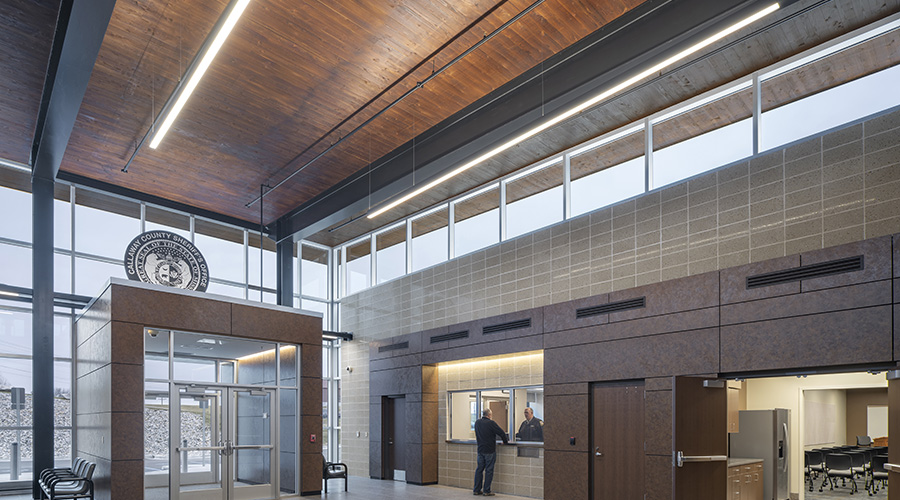College Campus Shootings Prompt New Emergency Preparedness Steps
At 10 p.m. on Saturday, March 25, police received a phone call about a college campus shooting in Starkville, Miss. As officers hurried to the scene, another series of actions also began, actions intended not so much to investigate the crime or apprehend a suspect, but rather to prevent the shooter from hurting anyone else. Email messages went out through the mass notification system, part of the emergency preparedness plan. A crisis action team was convened. Police patrols were stepped up.
A shooting in any facility is always traumatic, but the one that occurred March 25 brought its own set of challenges because it happened on a college campus. Even though, according to the president of the university, it was the first time that a student had been shot on the Mississippi State University campus, the school responded to the incident as a campuswide emergency, not just an isolated event.
In the years since the killings at Virginia Tech, colleges and universities around the country have taken many steps to prevent mass shootings on campus. Those strategies represent an emerging set of best practices for emergency preparedness. Although those measures cover a broad range of emergencies, not just shootings, it is the risk of shootings that has made emergency preparedness a high priority in colleges and universities. And each time another incident occurs, campus facility and security managers have to look again for new ways to protect students, staff and visitors.
Troubling Statistics
Reports of assault and threats continue to make the news. According to the Centers for Disease Control, 20 to 25 percent of women in college reported being raped or experiencing attempted rape. In the past 12 months, murders were reported within or near several college campuses. In the deadliest incident, seven students were killed at Oikos University in Oakland, Calif., allegedly by a former student who was angry that he had been expelled and who believed he had been treated disrespectfully by other students.
FBI statistics show a drop in the number of some types of crimes occurring on campuses. Between 2005 and 2008, rates declined for negligent manslaughter, aggravated assault, sexual assault offenses, burglary, motor vehicle theft and arson.
Over that same period, however, incidents of murder and non-negligent manslaughter more than doubled, rising from 28 in 2005 to 55 in 2008.
Nobody associated with a college wants their institution to add to these statistics. While no program can guarantee safety, appropriate planning, systems and policies can reduce the risk of an incident. If an incident does occur, these steps can limit the damage, injuries and fatalities that result. "All of us are trying to come up with the best and most efficient way to handle emergencies," says Robert Lang, assistant vice president and chief security officer at Kennesaw State University in Kennesaw, Ga.
Facility Staff Can Be Eyes, Ears
In all emergency planning, facilities' role is key, says Gary Margolis, managing partner with Margolis Healy & Associates. Because facilities professionals typically spend time in all areas of a campus, they usually have a good idea of who typically comes and goes, and at what times. As a result, they often are among the first to notice situations that appear out of the ordinary. "They can be the eyes and ears of the institution, and that can be invaluable," Margolis says.
— Karen Kroll
|
Related Topics:














